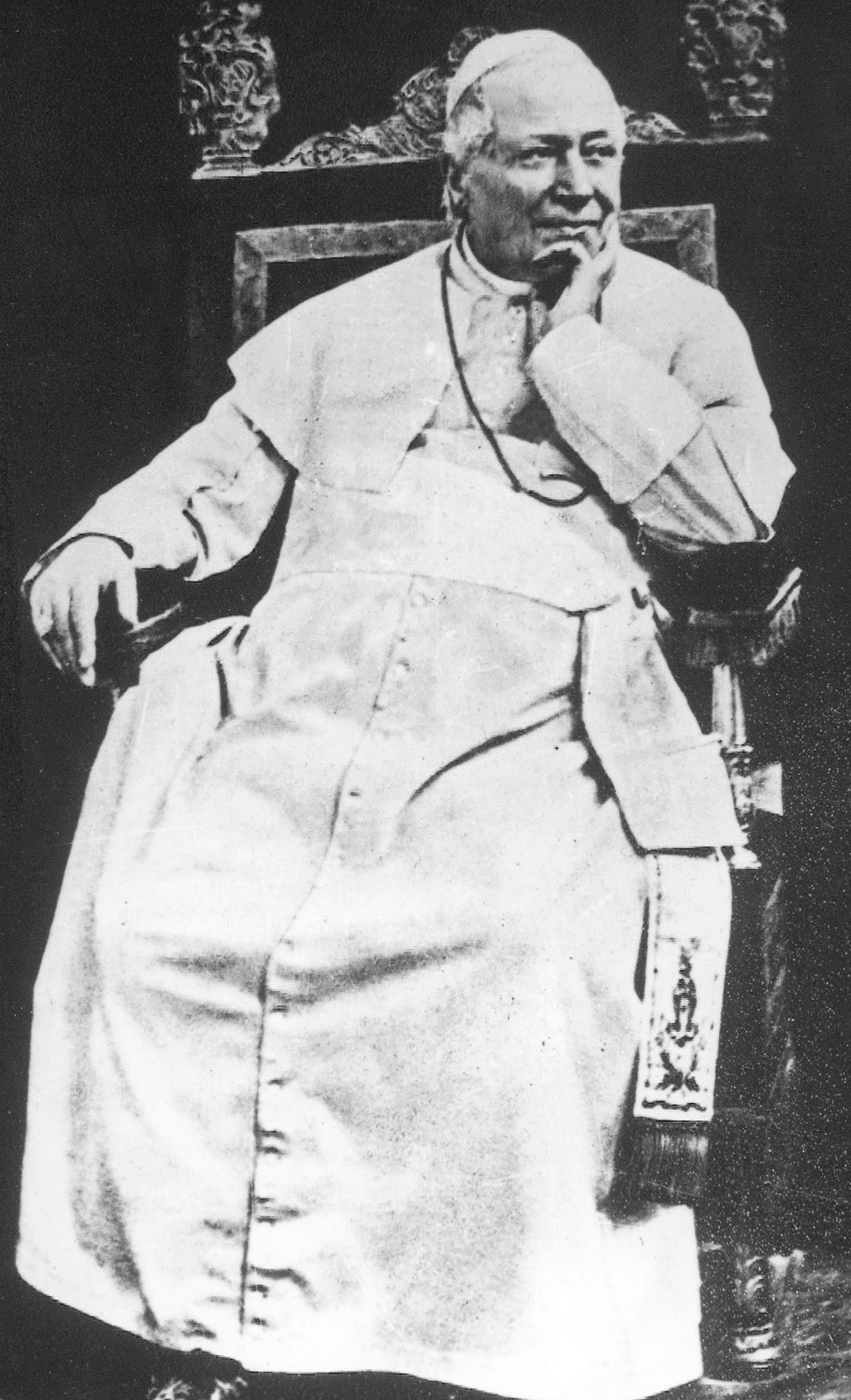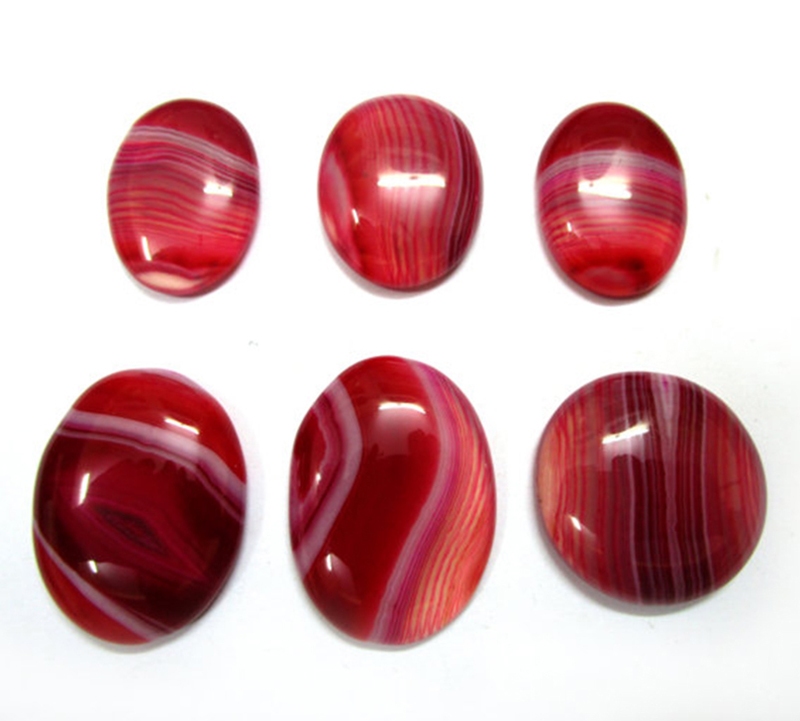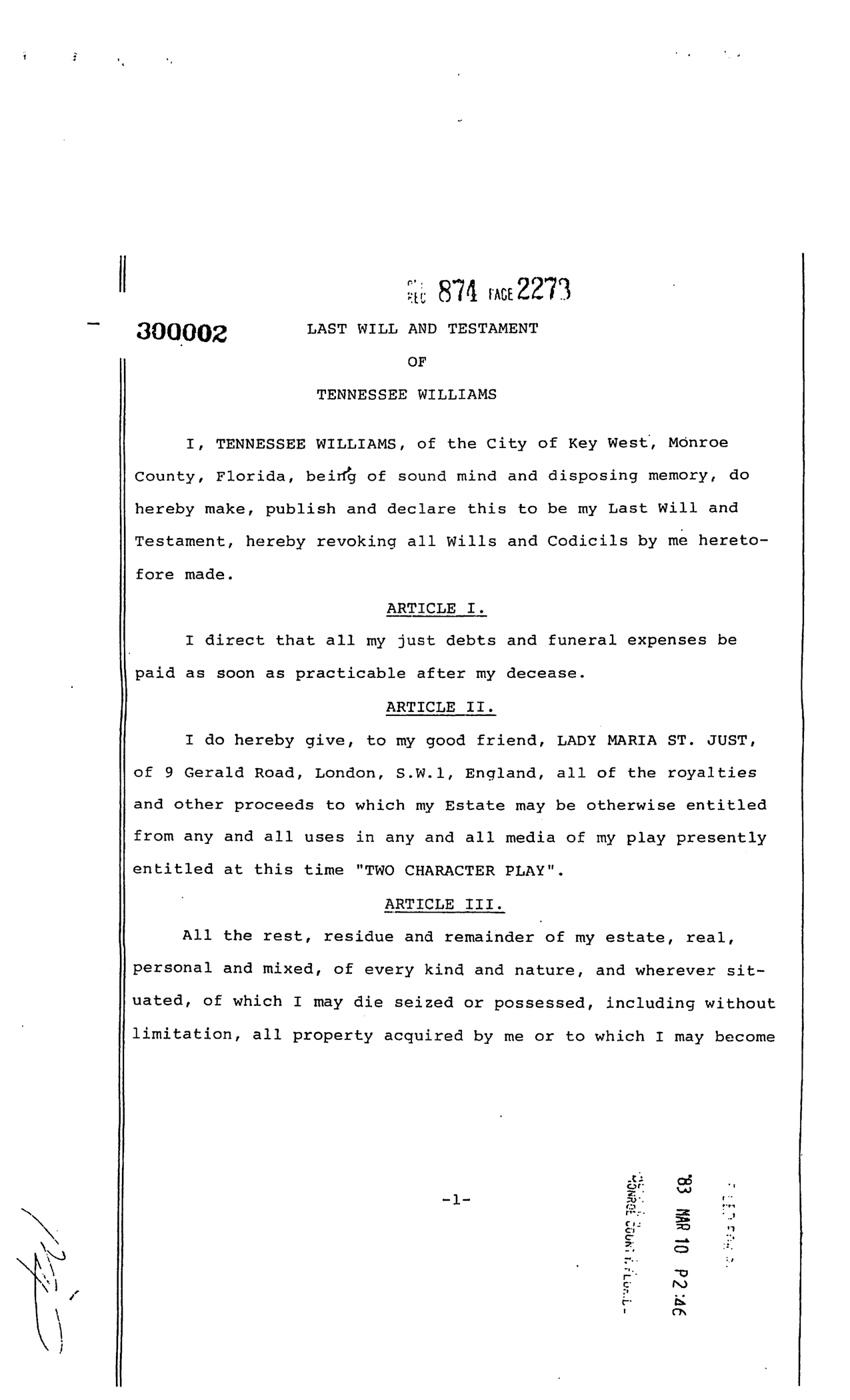|
Saint Anthony's Chapel (Pittsburgh, Pennsylvania)
Saint Anthony Chapel is a Catholic chapel in Pittsburgh, Pennsylvania within the Diocese of Pittsburgh. Description Built in 1880 by Fr. Suitbert Mollinger, who was at that time pastor of Most Holy Name of Jesus Parish in the neighborhood of Troy Hill, the chapel houses 4,000 to 5,000 religious relics, making it the largest collection of relics outside the Vatican. History As originally planned, the building of the chapel was meant to be a joint effort between the congregation of Most Holy Name and Mollinger, who would match their contribution. However, when the parish refused to appropriate the large sum of money needed, Mollinger erected the building at his own expense with money which he had inherited from his family in Belgium. After the original dedication, additions were made to house the life-sized stations of the cross as well as the growing number of pilgrims, and so the enlarged chapel was rededicated on June 13, 1892, the feast day of Saint Anthony. Mollinger died tw ... [...More Info...] [...Related Items...] OR: [Wikipedia] [Google] [Baidu] |
Troy Hill (Pittsburgh)
Troy Hill is a neighborhood on Pittsburgh, Pennsylvania's North Side. It has a zip code of 15212, and has representation on Pittsburgh City Council by the council member for District 1. Troy Hill sits on a plateau above the Allegheny River. It is approximately long from Vinial Street to the end of Lowrie Street and only wide from Wicklines Lane to Herrs Island. History Troy Hill was originally part of the Reserve Tract laid out by surveyor and Pennsylvania Vice-President David Redick in 1788. Incorporated in 1833 as the village of New Troy, it was settled by German immigrants who worked in the mills, tanneries, breweries, and railroads that lined the Allegheny River. The migration up to Troy Hill began when a Catholic church opened a small cemetery in 1842. By 1866 one hundred families were officially Troy Hill residents. The adjacent riverfront land along with Herr's Island would in 1849 be incorporated into the short-lived Duquesne borough (distinct from the modern boro ... [...More Info...] [...Related Items...] OR: [Wikipedia] [Google] [Baidu] |
Kulturkampf
(, 'culture struggle') was the conflict that took place from 1872 to 1878 between the Catholic Church led by Pope Pius IX and the government of Prussia led by Otto von Bismarck. The main issues were clerical control of education and ecclesiastical appointments. A unique feature of , compared to other struggles between the state and the Catholic Church in other countries, was Prussia's anti-Polish component. By extension the term is sometimes used to describe any conflict between secular and religious authorities or deeply opposing values, beliefs between sizable factions within a nation, community, or other group. Background Europe and the Catholic Church Under the influence of new emerging philosophies and ideologies, such as the enlightenment, realism, positivism, materialism, nationalism, secularism, and liberalism, the role of religion in society and the relationship between society and established churches underwent profound changes in the 18th and 19th centuries. P ... [...More Info...] [...Related Items...] OR: [Wikipedia] [Google] [Baidu] |
Way Of The Cross
The Stations of the Cross or the Way of the Cross, also known as the Way of Sorrows or the Via Crucis, refers to a series of images depicting Jesus Christ on the day of his crucifixion and accompanying prayers. The stations grew out of imitations of the Via Dolorosa in Jerusalem, which is a traditional processional route symbolising the actual path Jesus walked to Mount Calvary. The objective of the stations is to help the Christian faithful to make a spiritual pilgrimage through contemplation of the Passion of Christ. It has become one of the most popular devotions and the stations can be found in many Western Christian churches, including those in the Roman Catholic, Lutheran, Anglican, and Methodist traditions. Commonly, a series of 14 images will be arranged in numbered order along a path, along which worshippers—individually or in a procession—move in order, stopping at each station to say prayers and engage in reflections associated with that station. These devotions ... [...More Info...] [...Related Items...] OR: [Wikipedia] [Google] [Baidu] |
Crown Of Thorns
According to the New Testament, a woven crown of thorns ( or grc, ἀκάνθινος στέφανος, akanthinos stephanos, label=none) was placed on the head of Jesus during the events leading up to his crucifixion. It was one of the instruments of the Passion, employed by Jesus' captors both to cause him pain and to mock his claim of authority. It is mentioned in the gospels of Matthew (Matthew 27:29), Mark (Mark 15:17) and John (John 19:2, 19:5), and is often alluded to by the early Church Fathers, such as Clement of Alexandria, Origen and others, along with being referenced in the apocryphal Gospel of Peter. Since at least around the year 400 AD, a relic believed by many to be the crown of thorns has been venerated. In 1238, the Latin Emperor Baldwin II of Constantinople yielded the relic to French King Louis IX. It was kept in the Notre-Dame Cathedral in Paris until 15 April 2019, when it was rescued from a fire and moved to the Louvre Museum. As a relic Jerusalem T ... [...More Info...] [...Related Items...] OR: [Wikipedia] [Google] [Baidu] |
Tooth
A tooth ( : teeth) is a hard, calcified structure found in the jaws (or mouths) of many vertebrates and used to break down food. Some animals, particularly carnivores and omnivores, also use teeth to help with capturing or wounding prey, tearing food, for defensive purposes, to intimidate other animals often including their own, or to carry prey or their young. The roots of teeth are covered by gums. Teeth are not made of bone, but rather of multiple tissues of varying density and hardness that originate from the embryonic germ layer, the ectoderm. The general structure of teeth is similar across the vertebrates, although there is considerable variation in their form and position. The teeth of mammals have deep roots, and this pattern is also found in some fish, and in crocodilians. In most teleost fish, however, the teeth are attached to the outer surface of the bone, while in lizards they are attached to the inner surface of the jaw by one side. In cartilaginous fish, s ... [...More Info...] [...Related Items...] OR: [Wikipedia] [Google] [Baidu] |
Theodore Stratelates
Theodore Stratelates ( grc-gre, Ἅγιος Θεόδωρος ὁ Στρατηλάτης (); cop, ⲡⲓⲁⲅⲓⲟⲥ Ⲑⲉⲟⲇⲱⲣⲟⲥ), also known as Theodore of Heraclea ( grc-gre, Θεόδωρος Ἡρακλείας; AD 281–319), was a martyr and Warrior Saint in the Eastern Orthodox, Catholic and Oriental Orthodox Churches. There is much confusion as to whether he and St. Theodore of Amasea were the same person, as the stories about their lives later diverged into two separate traditions. Life Theodore came from the city of Euchaita in Asia Minor. He killed a giant serpent living on a precipice in the outskirts of Euchaita. The serpent had terrorised the countryside. Theodore armed himself with a sword and vanquished it. According to some of the legends, because of his bravery, Theodore was appointed military-commander (''stratelates'') in the city of Heraclea Pontica, during the time the emperor Licinius (307–324) began a fierce persecution of Christians ... [...More Info...] [...Related Items...] OR: [Wikipedia] [Google] [Baidu] |
Saint Ursula
Saint Ursula (Latin for 'little female bear', german: link=no, Heilige Ursula) is a legendary Romano-British Christian saint who died on 21 October 383. Her feast day in the pre-1970 General Roman Calendar is 21 October. There is little information about her and the anonymous group of holy virgins who accompanied and, on an uncertain date, were killed along with her at Cologne. They remain in the Roman Martyrology, although their commemoration does not appear in the simplified Calendarium Romanum Generale (General Roman Calendar) of the 1970 Missale Romanum. The earliest evidence of a cult of martyred virgins at Cologne is an inscription from c. 400 in the Church of St. Ursula, located on Ursulaplatz in Cologne which states that the ancient basilica had been restored on the site where some holy virgins were killed. The earliest source to name one of these virgins Ursula is from the 10th century. Her legendary status comes from a medieval story in which she was a princess who ... [...More Info...] [...Related Items...] OR: [Wikipedia] [Google] [Baidu] |
Macarius Of Jerusalem
Macarius I ( el, Μακάριος Α' Ἱεροσολύμων ''Makarios I Hierosolymōn''); was Bishop of Jerusalem from 312 to shortly before 335, according to Sozomen. He is recognized as a saint within the Orthodox and Catholic churches. Athanasius, in one of his orations against Arianism, refers to Macarius as an example of ''"the honest and simple style of apostolical men."'' The date 312 for Macarius's accession to the episcopate is found in Jerome's version of Eusebius of Caesarea's Chronicle. About 325 he accompanied Helena Augusta, the mother of Constantine I in her search at Jerusalem for relics of the Passion of Jesus, including the cross on which Jesus of Nazareth was thought to have been crucified. According to Eusebius, he received a long letter from Constantine with reference to the building of the Basilica of the Holy Sepulchre at Jerusalem: "''Such is our Saviour's grace, that no power of language seems adequate to describe the wondrous circumstance to wh ... [...More Info...] [...Related Items...] OR: [Wikipedia] [Google] [Baidu] |
Candelabra
A candelabra (plural candelabras) or candelabrum (plural candelabra or candelabrums) is a candle holder with multiple arms. Although electricity has relegated candleholders to decorative use, interior designers continue to model light fixtures and lighting accessories after candelabra and candlesticks. Accordingly, the term candelabra has entered common use to describe small-based light bulbs used in chandeliers and other lighting fixtures made for decoration as well as lighting. In Judaism and in the Philippine religion Iglesia ni Cristo, the menorah is a special kind of candelabrum. The Candelabra is also used in certain Eastern Catholic and Eastern Orthodox church architecture and liturgy by bishops as the Trikiridikiri. Singular and plural This word originally came from Latin, in which ''candelabrum'' is the singular form and ''candelabra'' is the plural. Over time, English usage changed so that ''candelabra'' as the singular and ''candelabras'' as the plural is no ... [...More Info...] [...Related Items...] OR: [Wikipedia] [Google] [Baidu] |
Onyx
Onyx primarily refers to the parallel banded variety of chalcedony, a silicate mineral. Agate and onyx are both varieties of layered chalcedony that differ only in the form of the bands: agate has curved bands and onyx has parallel bands. The colors of its bands range from black to almost every color. Commonly, specimens of onyx contain bands of black and/or white. Onyx, as a descriptive term, has also been applied to parallel banded varieties of alabaster, marble, calcite, obsidian and opal, and misleadingly to materials with contorted banding, such as "Cave Onyx" and "Mexican Onyx". Etymology ''Onyx'' comes through Latin (of the same spelling), from the Ancient Greek , meaning "claw" or "fingernail". Onyx with flesh-colored and white bands can sometimes resemble a fingernail. The English word "nail" is cognate with the Greek word. Varieties Onyx is formed of bands of chalcedony in alternating colors. It is cryptocrystalline, consisting of fine intergrowths of the silica m ... [...More Info...] [...Related Items...] OR: [Wikipedia] [Google] [Baidu] |
Chandelier
A chandelier (; also known as girandole, candelabra lamp, or least commonly suspended lights) is a branched ornamental light fixture designed to be mounted on ceilings or walls. Chandeliers are often ornate, and normally use incandescent light bulbs, though some modern designs also use fluorescent lamps and recently LEDs. Classic chandeliers have arrays of hanging crystal prisms to illuminate a room with refracted light, while contemporary chandeliers assume a more minimalist design that does not contain prisms and illuminate a room with direct light from the lamps, sometimes also equipped with translucent glass covering each lamp. Modern chandeliers have a more modernized design that uses LEDs, and combines the elements of both classic and contemporary designs; some are also equipped with refractive crystal prisms or small mirrors. Chandeliers are distinct from pendant lights, as they usually consist of multiple lamps and hang in branched frames, whereas pendant lights h ... [...More Info...] [...Related Items...] OR: [Wikipedia] [Google] [Baidu] |
Will (law)
A will or testament is a legal document that expresses a person's (testator) wishes as to how their property ( estate) is to be distributed after their death and as to which person ( executor) is to manage the property until its final distribution. For the distribution (devolution) of property not determined by a will, see inheritance and intestacy. Though it has at times been thought that a "will" historically applied only to real property while "testament" applied only to personal property (thus giving rise to the popular title of the document as "last will and testament"), the historical records show that the terms have been used interchangeably. Thus, the word "will" validly applies to both personal and real property. A will may also create a testamentary trust that is effective only after the death of the testator. History Throughout most of the world, the disposition of a dead person's estate has been a matter of social custom. According to Plutarch, the written will was ... [...More Info...] [...Related Items...] OR: [Wikipedia] [Google] [Baidu] |






